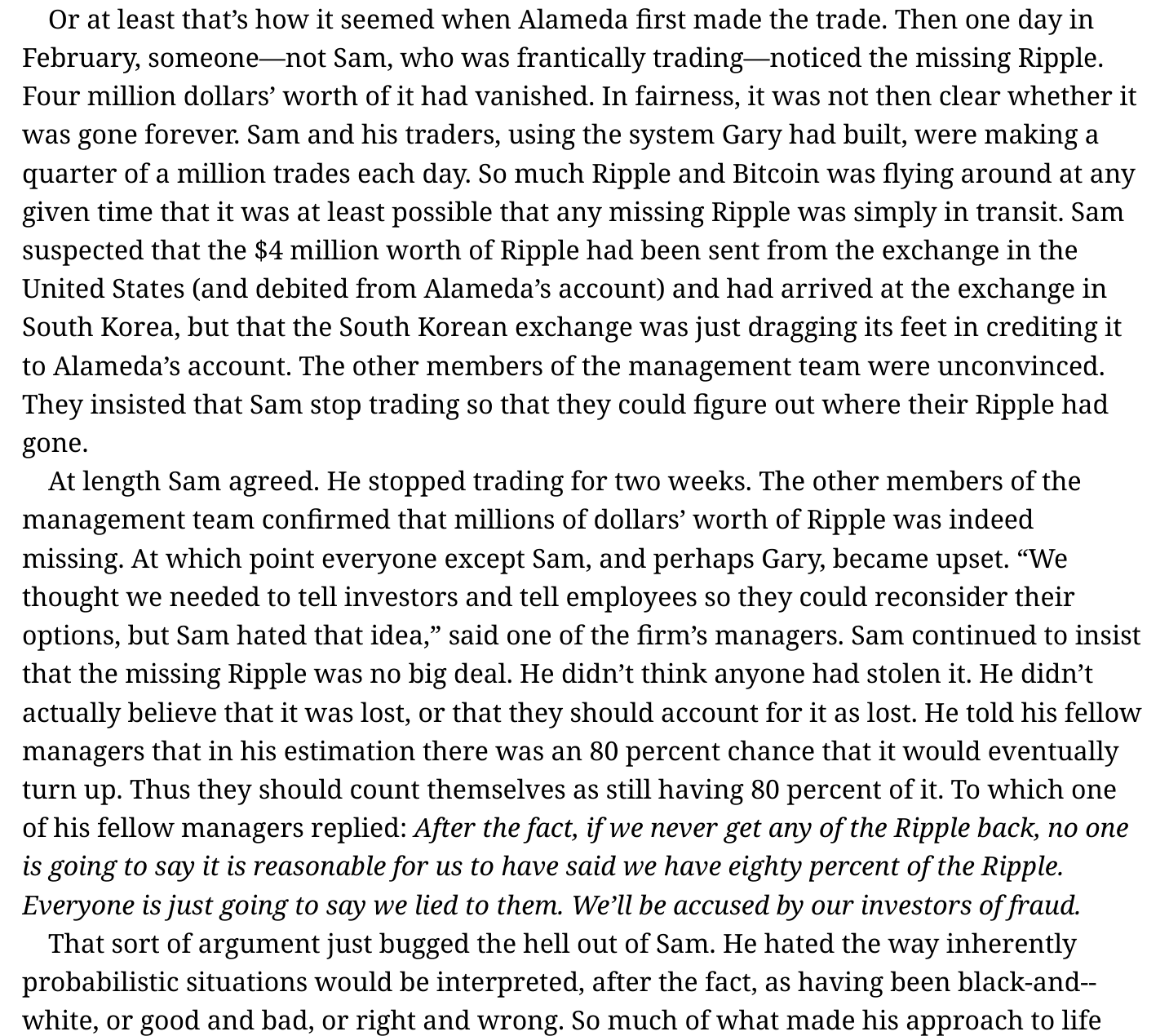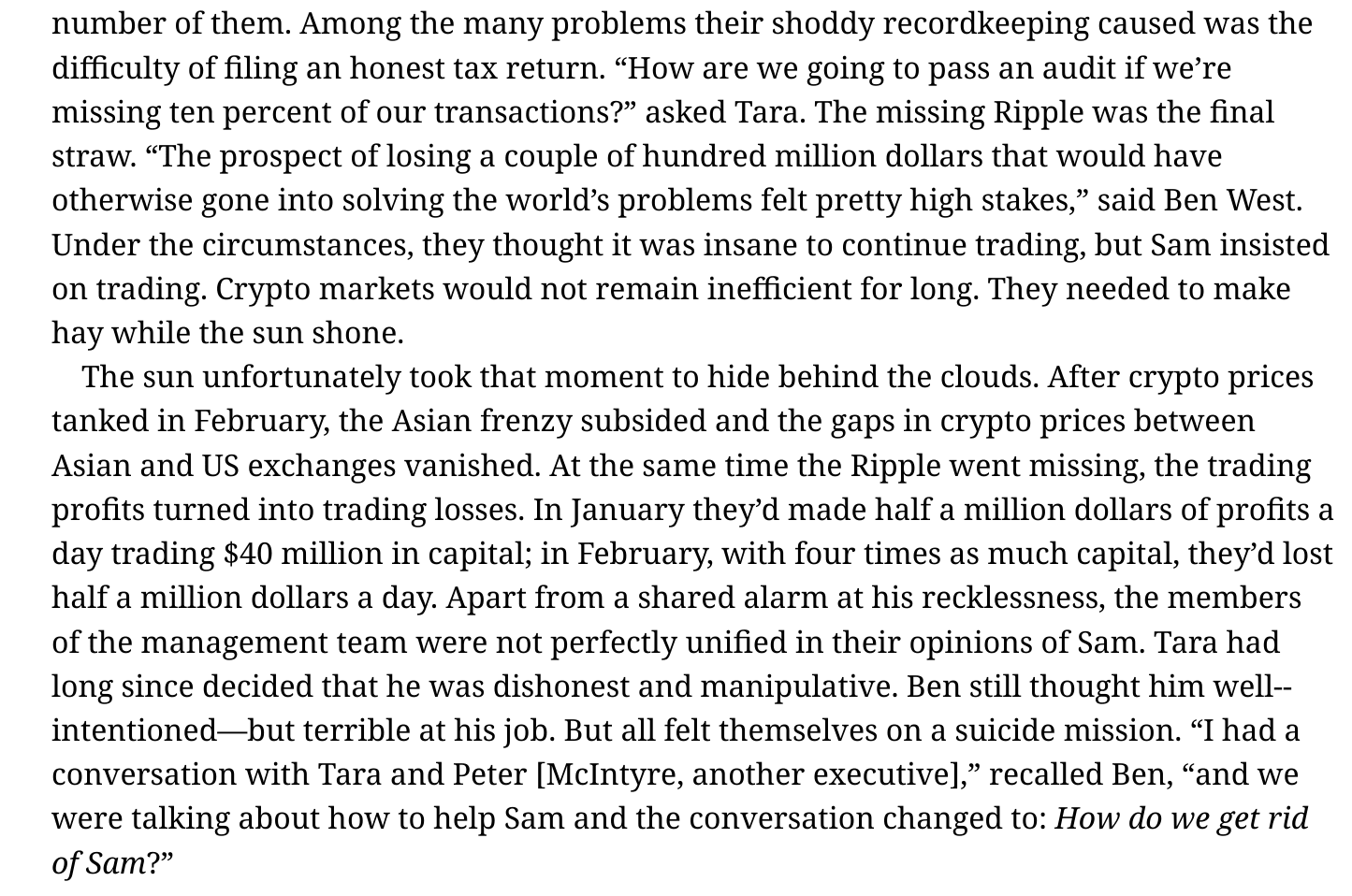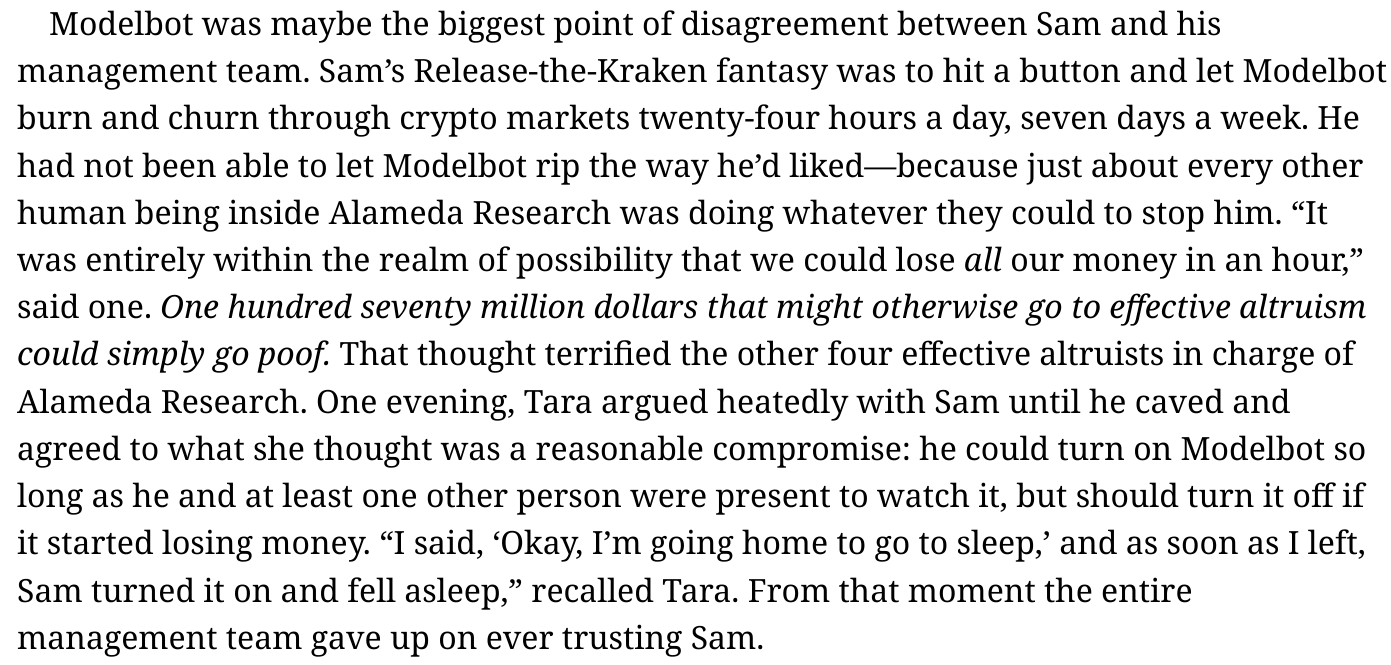
Lorenzo Buonanno
Bio
Participation1
Hi!
I'm currently (Aug 2023) a Software Developer at Giving What We Can, helping make giving significantly and effectively a social norm.
I'm also a forum mod, which, shamelessly stealing from Edo, "mostly means that I care about this forum and about you! So let me know if there's anything I can do to help."
Please have a very low bar for reaching out!
I won the 2022 donor lottery, happy to chat about that as well
Posts 10
Comments535
Topic contributions5
the one time I posted a comment about a prominent AI ethics person that was relatively harsh (I think with some justification), it got deleted by the mods on the grounds that they didn't want to "undermine the potential for further engagement"
Do you have a link to that interaction? I can't think of any case where mods deleted comments that didn't contain personal information[1], but it might have happened before I started reading the forum.
- ^
edit: except when a user asks to delete their comments, but I think that should count as if the user was deleting the comments themselves
I think these numbers are too optimistic and unlikely to be true in 2024, but I don't have a good source for more up-to-date numbers.
THL estimated $2.63 per cage-freed hen in 2022, significantly less effective than 66 years per dollar. And that's an estimate of average cost-effectiveness, not an estimate of the cost-effectiveness of marginal funding (which is likely to be much lower)
First, the easy one:
Does the dashboard tracker account for inflation?
At the moment it does not. It does account for variable exchange rates (e.g. if you report your income in GBP but donate in USD, it considers the exchange rate on the day of the donation to calculate the percentage of income that was donated), so we could use the same system to account for inflation/discount rates.
I think the "correct" way to handle it is to do all the calculations in constant dollars, adjusting for inflation
This would be a reasonable approach. I think another reasonable approach might be to consider interest rates instead of inflation: if someone donated $1,000 in 2010 that they would have otherwise invested, they have given much more than $1,000 of their 2023 wealth (even adjusting for inflation).
In general, I really like this sentence from our FAQ on how members calculate income
The goal of this advice is to help members stick to their plan of taking significant action to benefit others. All guidelines about how to calculate income should be thought of as serving that goal.
In practice, it's very hard to give exact guidance on what "10%" means in every case [1], so we usually recommend people follow the "spirit" of the pledge and give what they would consider as 10% of their lifetime income. (Which in many cases could be inflation-adjusted)
I'm not sure if adding an option for considering discount rates in the pledge dashboard would help members give more or give better, but if there's enough user interest we can definitely consider it.
- ^
This usually comes up for things like tax deductions/rebates and salary sacrifices. E.g. when only some of your donations are deductible, or when you set your own salary
I don't think it's accurate to say that "EAs have quickly pivoted to viewing AI companies as adversaries, after a long period of uneasily viewing them as necessary allies."
My understanding is that no matter how you define "EAs," many people have always been supportive of working with/at AI companies, and many others sceptical of that approach.
I expect (~ 75%) that the decision to "funnel" EAs into jobs at AI labs will become a contentious community issue in the next year.
My understanding is that this has been a contentious issue for many years already.
80,000 hours wrote a response to this last year, Scott Alexander had written about it in 2022, and Anthropic split from OpenAI in 2021. Do you mean that you expect this to become significantly more salient in the next year?
The best proxy for probability an option will expire in the money is the delta of the option.
Thank you. Here's an explanation from Wikipedia for others like me new to this.
Looking at the delta here and here, the market would seem to imply a ~5% chance of NVDA going below 450, which is not consistent with the ~15% in the article derived from the IV. Is it mostly because of a high risk-free interest rate?
I wonder which value would be more calibrated, or if there's anything I could read to understand this better. It seems valuable to be able to easily find rough market-implied probabilities for future prices.
And more speculatively, booms and busts seem more likely for stocks that have gone up a ton, and when new technologies are being introduced.
If I understand correctly, you are interpreting the above as stating that the implied volatility would be higher in a more efficient market. But I originally interpreted it as claiming that big moves are relatively more likely than medium-small moves compared to other options with the same IV (if that makes any sense)
Taking into account volatility smiles and all the things that I wouldn't think about, as someone who doesn't know much about finance and doesn't have Bloomberg Terminal, is there an easy way to answer the question "what is the option-prices-implied chance of NVDA falling below 450 in a year?"
I see that the IV for options with a strike of 450 next year is about ~70% for calls and ~50% for puts. I don't know how to interpret that, but even using 70%, this calculator gives me a ~16% chance, so would it be fair to say that traders think there's a ~15% chance of NVDA falling below 450 in a year?
In general, I think both here and in the accompanying thread finance professionals might be overestimating people's average familiarity with the field.
Just to clarify, it seems that "The rest of the management team was horrified and quit in a huff, loudly telling the investors that Bankman-Fried was dishonest and reckless" is from Matt Levine, not from Michael Lewis.
I'm quickly skimming the relevant parts of Going Infinite, and it seems to me that Lewis highlights other issues as even more relevant than the missing $4M


Is a 10-15% annual risk of failure for a two-year-old startup alarming? I thought base rates were higher, which makes me think I'm misunderstanding your comment.
You also mention that the 10% was without loss of costumer funds, but the Metaculus 1.3% was about loss of costumer funds, which seems very different.
10% chance of yearly failure without loss of customer funds seems more than reasonable, even after Sequoia invested, in such a high-variance environment, and not necessarily a red flag.


I think it's important for readers of this forum to know that mods don't delete comments for these reasons.
Is there any information you could share about this (e.g. the thread you had commented on, or at least the year when it happened?)